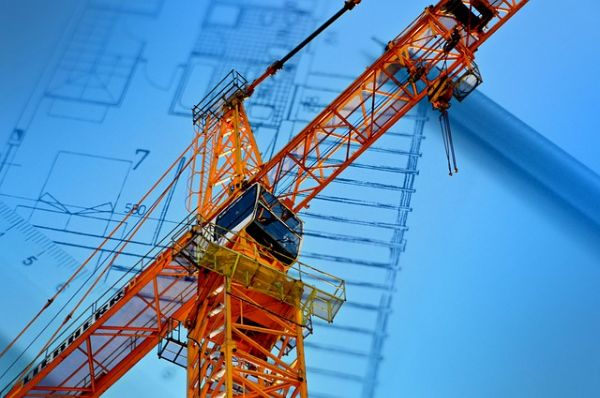
When it comes to health and safety in the workplace, risk assessment is a cornerstone of keeping employees, visitors, and your business safe. Whether you're managing an office, a construction site, or a retail store, identifying and mitigating risks is essential. But how do you carry out a proper risk assessment? This guide will help you understand what risk assessments are, why they matter, and how you can conduct them effectively.
What is a Risk Assessment?
A risk assessment is the process of identifying hazards in a workplace, evaluating the risks they pose, and implementing measures to minimize or eliminate those risks.
- Hazard: Anything with the potential to cause harm (e.g., slippery floors, faulty machinery).
- Risk: The likelihood that a hazard will cause harm and the severity of that harm.
A risk assessment doesn’t have to be complicated, but it does need to be thorough and well-documented.
Why Risk Assessments Matter
Carrying out regular risk assessments has several benefits:
- Prevents Accidents and Injuries: By addressing hazards proactively, you reduce the chances of incidents.
- Legal Compliance: In many regions, risk assessments are a legal requirement for businesses.
- Improves Productivity: A safe workplace reduces disruptions caused by injuries or equipment failure.
- Cost Savings: Preventing incidents can save money on insurance claims, fines, and lost working hours.
Ignoring risk assessments can result in severe legal and financial consequences, so it’s worth investing time in this process.
5 Steps to Conducting a Risk Assessment
1. Identify Hazards
Walk through your workplace and identify anything that could potentially cause harm. Look for:
- Physical hazards (e.g., sharp tools, exposed wiring)
- Environmental hazards (e.g., spills, poor lighting)
- Human factors (e.g., fatigue, improper lifting techniques)
- Chemical hazards (e.g., cleaning agents, hazardous substances)
Involve employees—they know the workplace and its challenges best.
2. Determine Who Could Be Harmed and How
Think about who might be at risk:
- Employees working directly with hazards
- Visitors, contractors, or customers on-site
- Vulnerable individuals (e.g., pregnant workers, those with disabilities)
For each hazard, ask: Who could be harmed? How could they be harmed?
3. Evaluate Risks and Decide on Precautions
Once hazards are identified, assess the level of risk:
- Low Risk: Minimal harm, unlikely to occur
- Medium Risk: Could cause injury if not addressed
- High Risk: Likely to cause injury or severe harm if no action is taken
Control measures should follow the hierarchy of controls:
- Eliminate the hazard (e.g., remove dangerous equipment)
- Substitute (e.g., replace hazardous chemicals with safer alternatives)
- Engineering controls (e.g., install guards, improve ventilation)
- Administrative controls (e.g., training, signage, new protocols)
- Personal Protective Equipment (PPE) (e.g., gloves, helmets)
Prioritize addressing high-risk hazards first.
4. Document Your Findings
Documenting your risk assessment ensures compliance and helps track improvements. Include:
- The hazards identified
- Who might be harmed
- The measures taken to control risks
- Dates and personnel involved
Keep records up-to-date and review them regularly.
5. Review and Update Regularly
Workplaces change—new equipment, processes, or personnel may introduce new risks. Schedule periodic reviews of your risk assessments and update them as needed.
- Tip: Review assessments after accidents, near misses, or significant changes to the workplace.
Common Mistakes to Avoid
- One-Time Assessment: Risk assessments should be ongoing, not a one-off task.
- Lack of Employee Involvement: Employees often spot risks management might overlook.
- Inadequate Control Measures: Always strive for the most effective solutions (don’t rely solely on PPE).
Final Thoughts
Risk assessments are a practical and proactive way to ensure a safe and compliant workplace. By following these five steps, you can identify hazards, control risks, and protect employees, visitors and others.
Take action today: set aside time to walk through your workplace, involve your team, and start creating a safer environment. It’s an investment in your people, your business, and your peace of mind.
TTFN!